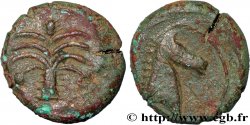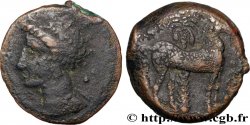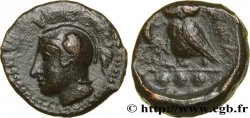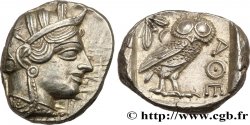Live auction - bgr_543054 - ZEUGITANA - CARTHAGE Cinquième Statère en or
You must signin and be an approved bidder to bid, LOGIN TO BID. Accounts are subject to approval and the approval process takes place within 48 hours. Do not wait until the day a sale closes to register. Clicking on "BID" constitutes acceptance of the terms of use of cgb.fr private live auctions.
Bids must be placed in whole Euro amounts only. The sale will start closing at the time stated on the item description; any bids received at the site after the closing time will not be executed. Transmission times may vary and bids could be rejected if you wait until the last second. For further information check the Live auction FAQ
All winning bids are subject to a 18% buyer’s fee.
All winning bids are subject to a 18% buyer’s fee.
| Estimate : | 1 200 € |
| Price : | no bid |
| Maximum bid : | no bid |
| End of the sale : | 10 September 2019 14:31:30 |
Type : Cinquième Statère en or
Date: c. 350-320 AC.
Mint name / Town : Carthage, Zeugitane
Metal : gold
Millesimal fineness : 950 ‰
Diameter : 11,5 mm
Orientation dies : 12 h.
Weight : 1,88 g.
Rarity : R2
Coments on the condition:
Exemplaire sur un flan légèrement décentré au revers mais bien centré au droit. Présence de coups au droit et au revers mais le portrait de Tanit reste agréable
Catalogue references :
Obverse
Obverse legend : ANÉPIGRAPHE.
Obverse description : Tête de Tanit à gauche couronnée d’épis, grènetis circulaire.
Reverse
Reverse legend : ANÉPIGRAPHE.
Reverse description : Cheval debout à droite, tournant la tête à droite.
Commentary
Ce type est en fait beaucoup plus rare que ne le laissent supposer les ouvrages généraux.
This type is actually much rarer than general works suggest.
This type is actually much rarer than general works suggest.







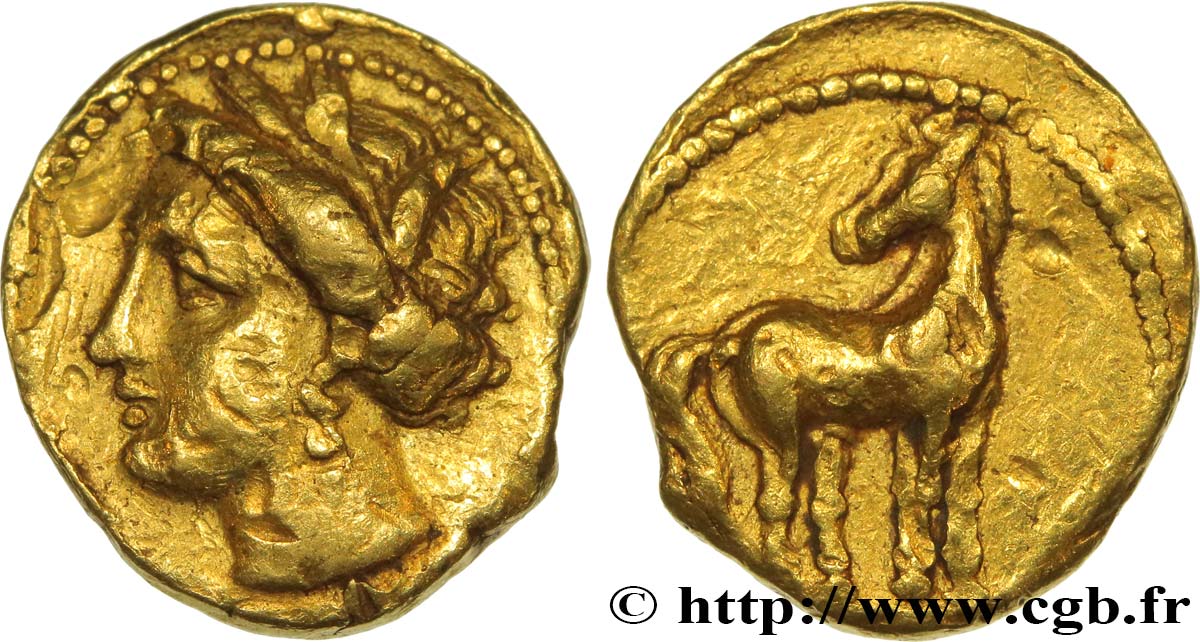
 Report a mistake
Report a mistake Print the page
Print the page Share my selection
Share my selection Ask a question
Ask a question Consign / sell
Consign / sell
 Full data
Full data